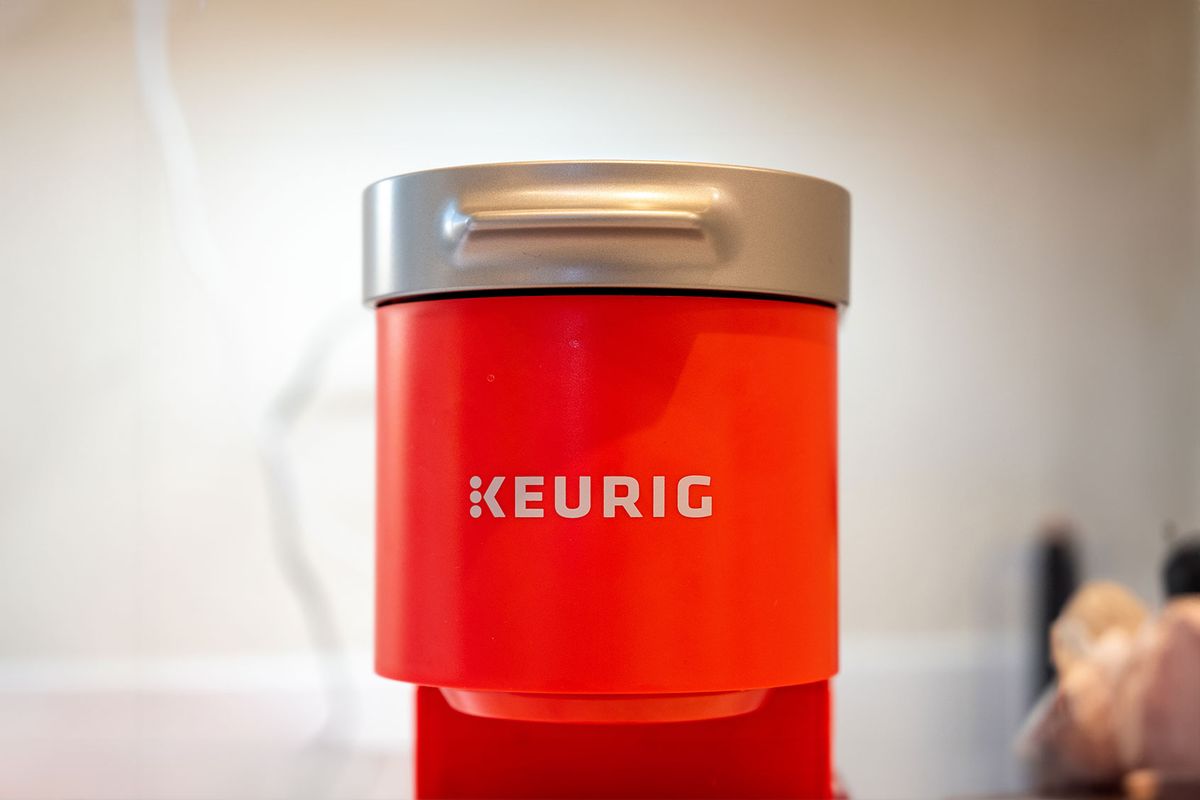Hill-Maini holds up two petri dishes with the original mold (left) and the CRISPR-Cas9 edited mold (right).
Marilyn Sargent, Berkeley Lab
Fungi are the versatile thread connecting bread, cheese, alcohol, and soy sauce, infusing each with distinct flavors. While fungi are deeply interconnected with food production, Vayu Hill-Maini, a chef turned bioengineer at the University of California, Berkeley, was inspired to innovate fungal alternatives to improve food sustainability.
Recently, Hill-Maini and his team modified genes in Aspergillus oryzae (A. oryzae) to create a visually appealing meat-like patty. Their creation, reported in Nature Communications, showcased the possibilities of bringing gene-edited fungi to the table.1
“We thought about the potential of fungi and how it can be unlocked by tinkering with what was already there [in the genome],” said Hill-Maini.
Hill-Maini used A. oryzae, commonly known as koji mold, for his experiment. Using clustered regulatory interspaced palindromic repeats (CRISPR), the team overexpressed two genes: one that produced ergothioneine, an antioxidant found in fungi, and one that coded for heme, a molecule that gives meat its color and distinct flavor.

Hill-Maini harnesses the potential of the existing genome in fungi to create appealing new fungal foods.
Vayu Hill-Maini
Three days later, the once white fungi grew red and were ready to harvest. After removing excess water and grinding the fungi into a patty, the researchers threw it on the grill. The result was a sizzling meat-like patty with a tantalizing smell. Their proof-of-concept experiment demonstrated ways to boost nutritional value and sensory appeal of the fungal patty in food preparation.
“It’s a novel idea using whole filamentous fungi cells as the main food ingredient instead of isolating a fungal product,” said Yong-Su Jin, a food microbiologist and bioengineer at the University of Illinois at Urbana-Champaign, who was not involved in the study. However, Jin lamented the lack of a taste test of the creation.
Next, the researchers want to explore the genes that control the mold’s texture. “This work can inspire us to think about what food can be and what is possible,” said Hill-Maini. “It is just the starting point to pushing the boundaries in food sustainability.”





















Discussion about this post